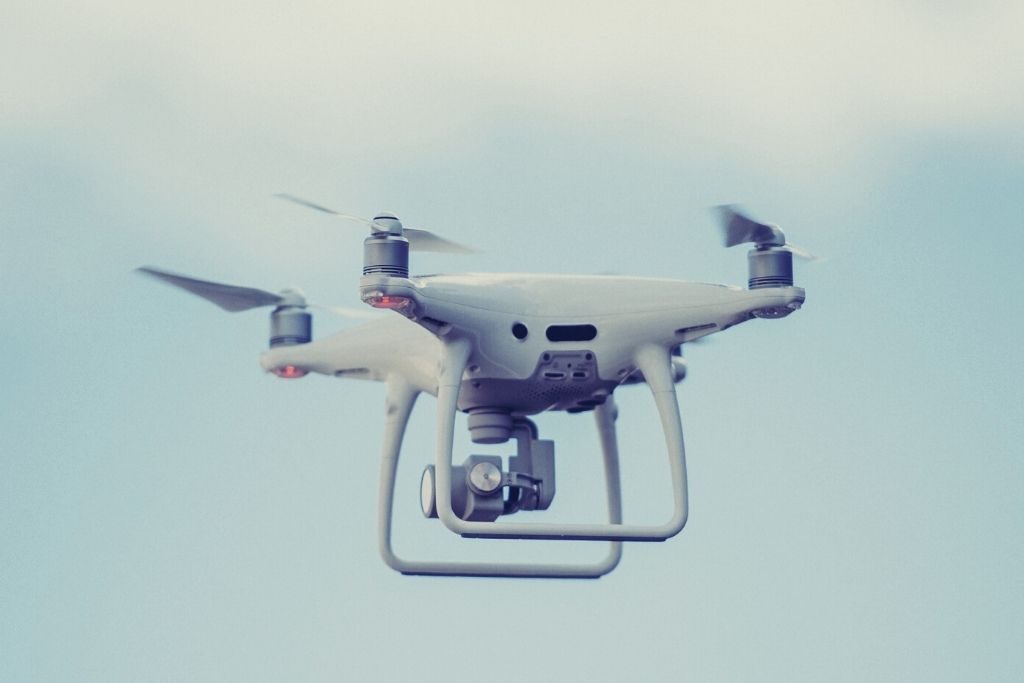Digitization and finally also COVID-19 have triggered a boom in new forms of work. Both remote-work, as well as flexible working hours, are on the rise. These new ways of working require new ways to record working hours. In addition to the physical flexibility of registering working hours, many countries have introduced new laws that make it mandatory for companies to track their employees’ working time closely.
All these changes call for flexible and fully digital solutions that provide all the information companies need to track and manage all aspects of their employees’ attendance: time and attendance systems.
The global time and attendance systems market, currently valued at around USD 2.1 billion, is set to record an annual growth rate of 8.5 percent between 2020 and 2026 and eventually reach USD 3.6 billion by the end of the forecast period.
Benefits of Time and Attendance Systems

Time and attendance systems are valuable HR tools that allow employees to clock in and out, either physically in the office with a badge or digitally through their computer or mobile phone. Further, these tools offer a variety of other options for the employees like checking the number of available vacation days in a certain period, logging business trips, or reporting sick days. Even a connection to a company’s extranet is possible.
Also for HR departments and managers, electronic time and attendance systems offer many advantages. Using the data supplied by time and attendance systems, they can easily overview hours worked including the distinction between regular hours, overtime, vacation days, and sick leave and so have the payroll ready at the end of the month at the push of a button. Managers can also use the tool to allocate the hours worked to specific projects. In addition, these tools prevent the manipulation of time recording.
New Laws supporting Time and Attendance Systems
According to the American Payroll Association, companies can save up to 4 percent of annual payroll expenses with a time and attendance system. However, this benefits employees too, reducing any doubt about unfair practices and helping them to get compensated for any overtime work.
In fact, in 2019, the European Court of Justice ruled that all EU businesses must implement a time recording solution for employee protection. Likewise, in most parts of the world, failure to maintain accurate records of hours worked by non-exempt employees is against the Fair Labor Standards and might have severe legal consequences.
Using all-in-one time recording solutions, businesses of all sizes can generate reports and go beyond calculating daily attendance. It’s possible to easily identify vacation, sick leave, other days off based on company policy or local law with these reports.
Furthermore, time recording helps HR and office managers to create a safer and more hygienic work environment for everyone. Time and attendance systems can eliminate the undesirable scenario of overstaffing or a packed office. Not to mention how the traditional “punch in and punch out” time clocks that everyone touches can be dangerous sources of contamination.
Time Recording for Safer and Efficient Workplaces
Time recording helps streamline the workplace, making it safer, fairer, and more efficient for all employees — while also adding value to the bottom line.
This makes time and attendance systems invaluable for transparency and accountability for everyone, both employees and supervisors.







